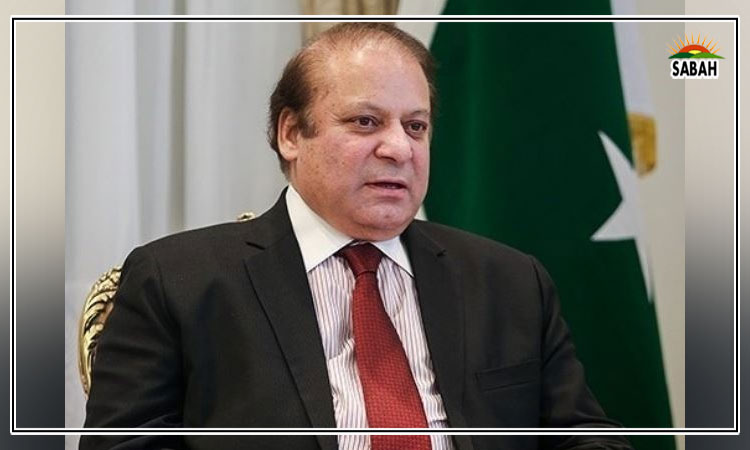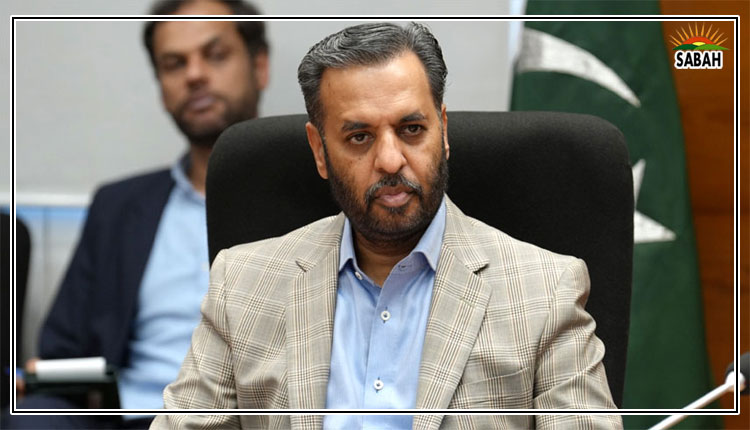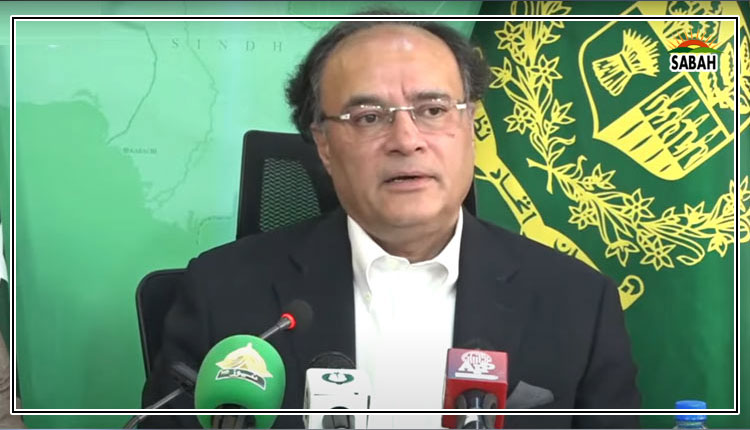The fight for water access in Punjab … Hamid Masood
The state of Pakistan has taken upon itself to provide water as an essential service. The governance structure through a hierarchical approach defines related responsibilities – from quality standards to service provision – for different tiers of government.
In Punjab, the federal government has established quality standards, while local governments and the Water and Sanitation Agencies (WASAs) of five cities serve as the primary providers of piped water supply to residents. Where piped supply is unfeasible, the law governs alternative methods of water provision. However, the escalating challenges of climate change and a steadily declining water table across the province highlight the urgent need for more robust and effective regulation of water services.
The World Health Organization (WHO) defines access to water by the availability of at least 20 litres of water per person per day from a source within one kilometre of walking distance whereby access has also been made subject to the notion of sustainability.
In simple terms, sustainability implies judicious use of available water without depleting the sources and damaging the environment. However, Punjab with the highest population in the federation, leads the unsustainable use of water as all public water supply schemes across the province pump and supply water on a daily basis without quantitative allocation of pumping and supply.
The only consideration curtailing the number of hours of water supply per household per day is the energy cost. Financially struggling local governments and other agencies are increasingly finding it difficult to bear the burgeoning energy costs, thus delaying the over consumption of aquifers.
The governance constraints of ensuring access to water are not just characterised by energy bills of existing schemes but by the supply gaps requiring new schemes to address water needs of citizens and redesigning of distribution systems. Supply of water has historically been dealt with differently for the urban and rural areas of the province that further compounds the access situation.
Moreover, the legal and administrative oscillation of urban and rural areas in local governance systems of Punjab over the past two decades is simply tragic as it has resulted in strengthening shortcomings of service delivery. In short, the changing policy perspective has not addressed the need for treating water as a finite resource that warrants equitable distribution amongst residents of the province.
Citizens as consumers of water supply remain at the centre of water governance in the province and all policy instruments entitle them to an affordable supply of wholesome water – also fit for drinking. Coverage, connections, and average hours of water supply to household per day are the main administrative indicators for water suppliers that define access to water. Each of these indicators narrates a governance challenge that ought to be addressed on priority basis.
First, the coverage indicator assumes that the presence of a main water pipe within an area under a water supply scheme equates to 100 per cent coverage, regardless of the actual number of households connected to the public water supply in that area. For administrative planners, the mere potential to provide water through an existing main pipe is deemed sufficient to mark the area as covered. Consequently, access to water, as a theoretical possibility within the planning framework, is treated as a fulfilled service provision indicator.
Second, the number of households connected to public water supply is a valid indicator of access to water whereby one may fairly estimate the percentage of the majority of the population with access barring a small percentage benefitting from private supply of water.
The case of Vehari, as an intermediate city of the province, may be taken as an example here where according to official records, publicly available through the website of Municipal Committee (MC), unserved area of water supply constitutes only 18 per cent of the total area but merely 17 per cent households are connected to the public water supply – that is: nearly 6000 of the total approximately 36,000 households.
The average hours of water supply to a household per day is less than one hour and has been so over the past one year. Lack of water metering, both on supplier and consumer sides, further makes it difficult to gauge the exact volume of water in the access of citizens. However, the available data on supply helps fairly estimate that the WHO defined parameter of access to water is not being met. Barring the consumers of WASAs as having a relatively advantageous position, it is not just the 2.2 million residents of Vehari, other residents of intermediate cities struggle with a similar fate and are forced to turn to private supply of water.
The private supply of water is regulated by law, and citizens accessing water through unregulated private means may face fines under the Local Government Act 2022. The Ninth Schedule of the Act outlines offences subject to penalties, including obstructing main water pipes or drawing, diverting, or using water without the necessary permissions stipulated in the Act, classifying such actions as municipal offences.
Citizens who are drawing water without formal permission are deemed in contravention of the law. They are liable to a fine of Rs5,000/ by their respective local governments. Ironically, the same law sets a fine of Rs10,000/ for keeping ferocious dogs or other animals in residential areas or taking such animals to public places or areas specified by the local government without leash or chain and without being muzzled.
Access to water remains a struggle for both service planners and citizens of the province whereby the two struggle with their respective sets of challenges. The former faces policy and institutional fragmentation along with financial constraints and local challenges of operation and maintenance notwithstanding the irksome rural-urban dichotomy of service provision. However, the latter is a victim of lack of access and an offender of irresponsible consumption.
In addressing issues of access, groundwater is often treated as an inexhaustible resource, disregarding its inherent scarcity and the consumption patterns it necessitates. This approach, coupled with the current water governance system in Punjab, not only perpetuates but also deepens vulnerabilities and exclusions. Perhaps it is time for the government to view residents as active citizens and water as a finite, shared resource requiring thoughtful stewardship.












